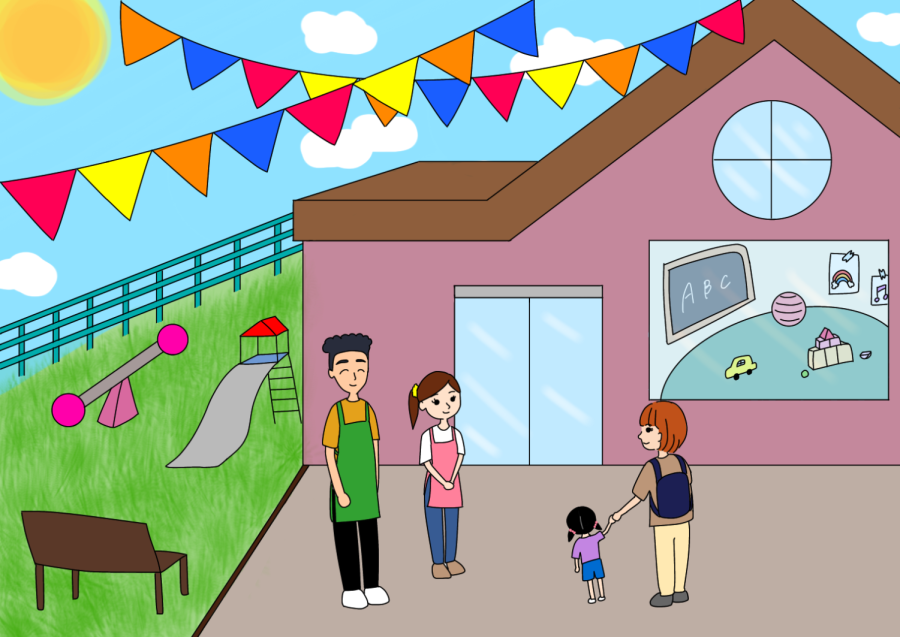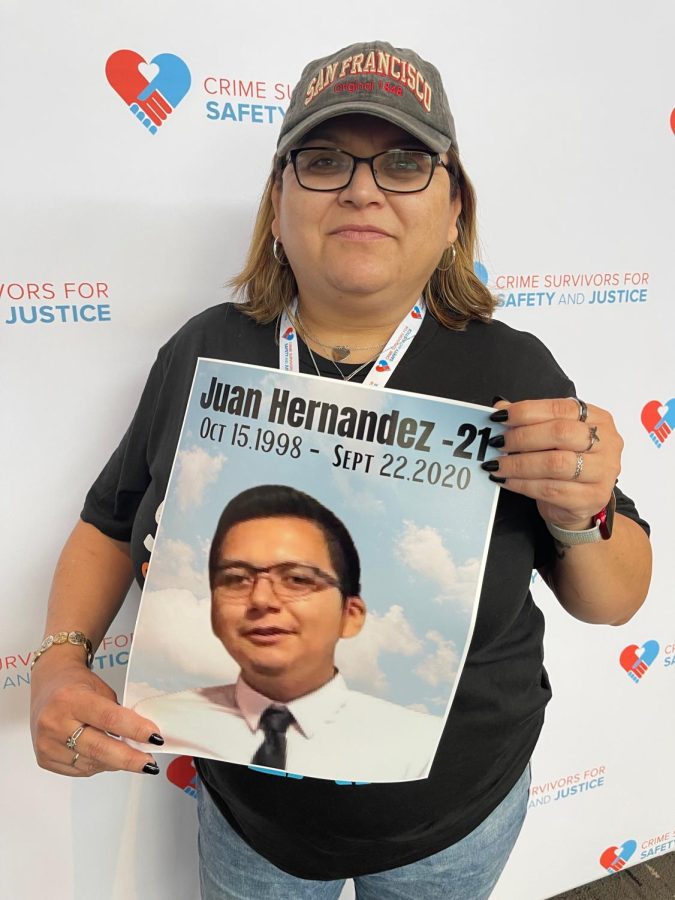Not many people are allowed into military controlled Burma, but videographer Buddy Hatton was given the rare opportunity of filming in a country full of war and poverty. His documentary of “Burma and Cambodia: Lands of Conflict,” was presented in Marsee Auditorium on Sept. 22.
Hatton presented an interesting and sometimes brutal look at these war-torn countries.
“I think the culture of the Burmese people is very different from the culture of the American people, but I think there is something to be valued in the simplicity, in artistic nature,” Natalie Tabor, 20, sociology major, said.
“Burma and Cambodia: Lands of Conflict,” narrated by Hatton in person, took the audience on a visual trip through these lands that are ravaged by poverty and military control. This hour and a half adventure spends an hour exploring the conflict in Burma, and the last half hour is devoted to Cambodia.
The Burma half of the film was the main focus, and Hatton said he had made the film before the cyclone fell upon Burma last May. He was encouraged by Burma Tourism to make the film and tell their story.
Showcasing much of Burmese culture, the film treated the viewer to a tour of some of the country’s most ancient cities and much emphasis is centered on the working people and the peasants of Burma.
The men and women of Burma work for about 80 cents per day hammering gold to be placed on Buddhist statues and much of the labor force in Burma is mostly made up of farmers. Hatton managed to capture some of the light-hearted moments of Burmese culture even within the poverty.
Burma and Cambodia both lack electricity and not many people there have access to television, but if television is watched it is black and white television and for what seems like mere minutes because they are using battery power. Cambodia in particular runs off a battery power system.
For Hatton, a big focus of both parts of the film is not only to raise awareness of the conflicts facing both countries but also Hatton managed to capture something more intimate.
Cambodia wasn’t as prominently featured because the videographer’s team said there wasn’t as much to see for what was presented, but Cambodia had some interesting shots for being such a short segment.
A big portion of the part on Cambodia focuses its lens on the Killing Fields; where the Khemer Rouge regime killed and buried at least 200,000 people during its rule of the country from 1975 to 1979, and even shows the prisons where they housed the victims involved in the massacre.
Hatton managed to capture the essence of both Burmese and Cambodian people. Both groups, despite all the hardships they endured, are people of high spirits and big hopes. As Hatton said, the one thing the Cambodian people wanted was for him to tell their story, something Hatton does with fervor and excitement.
This is one of many Discovery presentations that students should take advantage of by visiting these far off exotic lands for a few bucks and a of couple hours.




